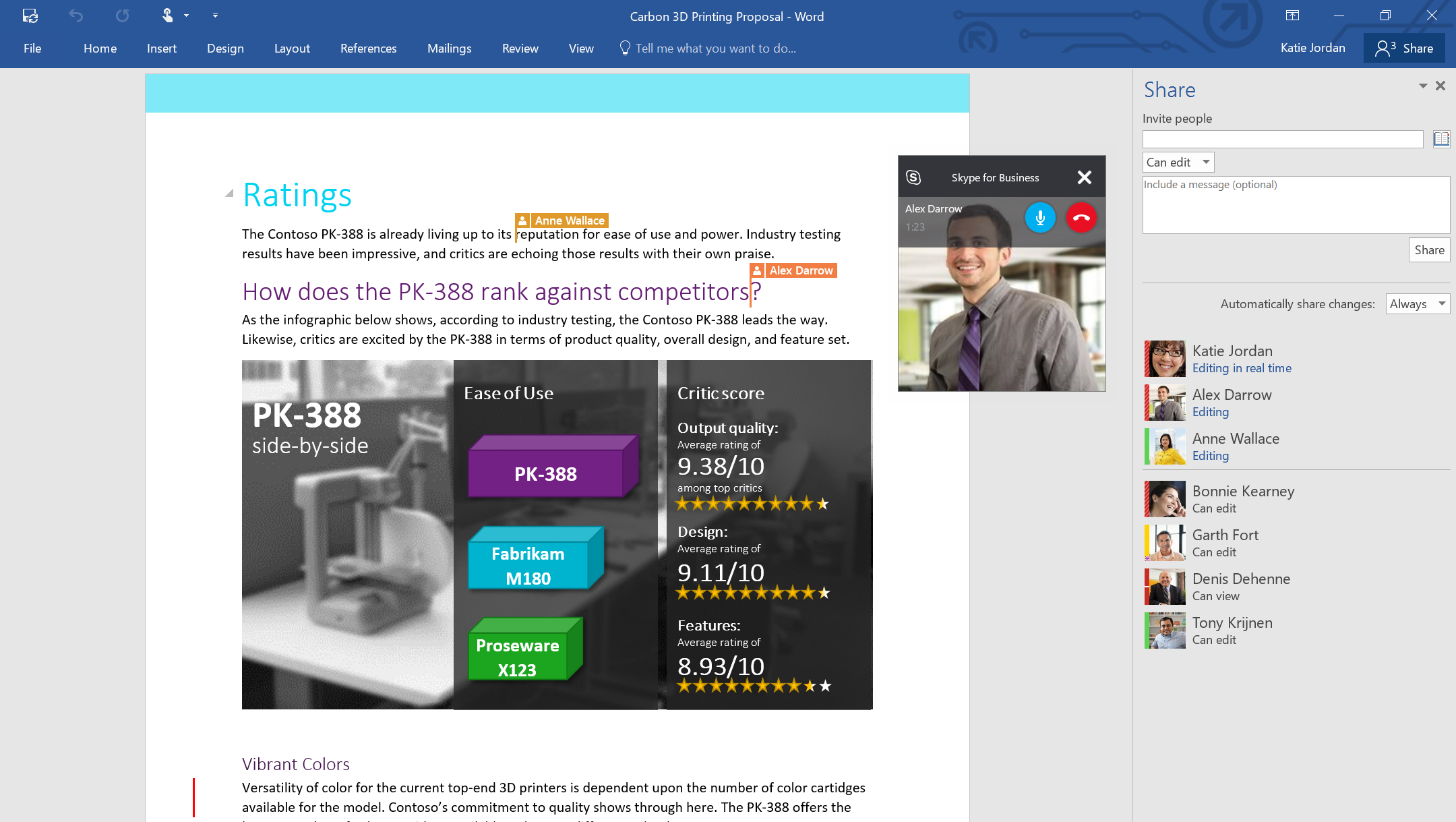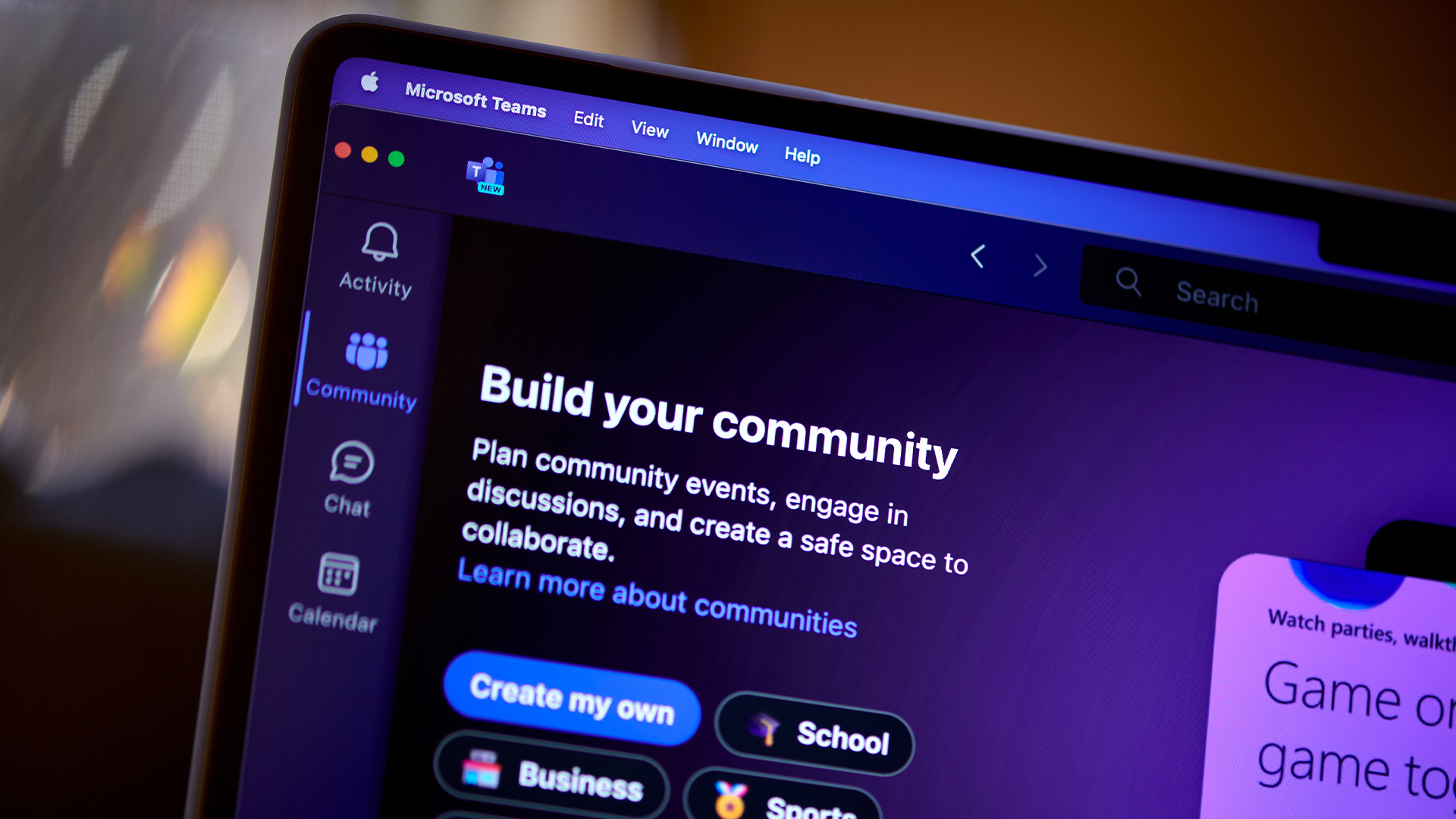Microsoft Office 2016 blurs the lines between cloud and desktop productivity
Office 2016 roll-out begins today, with clear "mobile first, cloud first" vision


Microsoft has begun rolling out the latest version of its flagship productivity suite, Office 2016, in what is being described as "the latest addition to Office 365".
"Office 2016 is about making Office work better for teams and collaboration," Richard Ellis, Microsoft's head of Office in the UK, told Cloud Pro.
"Teamwork should be easy and collaboration should be easy, but it isn't always, so we are keen with Office 2016 to promote as many of these features as we can, both in the rich apps and online, so people can communicate with their colleagues in real time," Ellis said.
To bring this about in Office 2016, Word, PowerPoint and OneNote all now feature co-authoring, including real-time typing in Word, and Skype integration, which allows users to send instant messages, screenImage share and make voice and video calls from within an Office 2016 app.
Additionally, Office 365 Groups has been brought into Outlook in Office 2016. This feature, which as the name would suggest has been available in Office 365 for some time, aims to marry the traditional world of email and the new world of collaboration. It allows users to send and collaborate on documents, schedule meetings, use IM and send emails all within the Outlook app.
Of course, these features all require the customer to have an Office 365 subscription and those who do already can download the Office 2016 apps as of today. However, this is not the death knell for the desktop version of Office, Ellis said.
"The relationship between Office 365 and Office will continue to evolve," said Ellis. "There are things people are very happy doing in online and we've seen that with collaboration in particular. But, if you look at an Office 2016 Word document, for example, it's an incredibly rich and professional document and people will still, for now, want to use the full, rich editing capabilities that you get in a native, local app."
Sign up today and you will receive a free copy of our Future Focus 2025 report - the leading guidance on AI, cybersecurity and other IT challenges as per 700+ senior executives
"Things will continue to evolve and the difference between the two will shrink, but it will always come down to the performance and power you can get on the desktop," Ellis added.
Windows 10 features
Office 2016 also has several Windows 10-focused features, including Cortana and Windows Hello.
Cortana will integrate with Outlook in particular and show information on meetings, including agenda and location stored in the Outlook calendar. Additionally, she will take into consideration live travel conditions, for example, when a user is traveling to a remote location and advise them when to leave accordingly.
"This is really handy if you are in a meeting and the traffic's bad or you don't quite know how long it's going to be, because Cortana can pick up on these things," said Ellis.
However, this feature won't be available until November.
Windows Hello, meanwhile, is used as a single sign-on for Windows 10 and Office 365, meaning the user will be automatically connected to the cloud when they use facial recognition to log in.
"Office 2016 is the most secure Office we've ever put together," Ellis said. "As well as Windows Hello, we still have and have extended all of the things we have around information rights management and data leak prevention technology that lets you decide who can forward, who can print, who can reply and you get that control as a user in a document and as an administrator."

Jane McCallion is Managing Editor of ITPro and ChannelPro, specializing in data centers, enterprise IT infrastructure, and cybersecurity. Before becoming Managing Editor, she held the role of Deputy Editor and, prior to that, Features Editor, managing a pool of freelance and internal writers, while continuing to specialize in enterprise IT infrastructure, and business strategy.
Prior to joining ITPro, Jane was a freelance business journalist writing as both Jane McCallion and Jane Bordenave for titles such as European CEO, World Finance, and Business Excellence Magazine.
-
 Microsoft CEO Satya Nadella wants an end to the term ‘AI slop’ in 2026
Microsoft CEO Satya Nadella wants an end to the term ‘AI slop’ in 2026News Microsoft CEO Satya Nadella might want the term "AI slop" shelved in 2026, but businesses will still be dealing with increasing output problems and poor returns.
-
 New security features are coming to Microsoft Teams this month
New security features are coming to Microsoft Teams this monthNews From 12 January, weaponizable file type protection, malicious URL detection, and a system for reporting false positives will all be automatically activated.